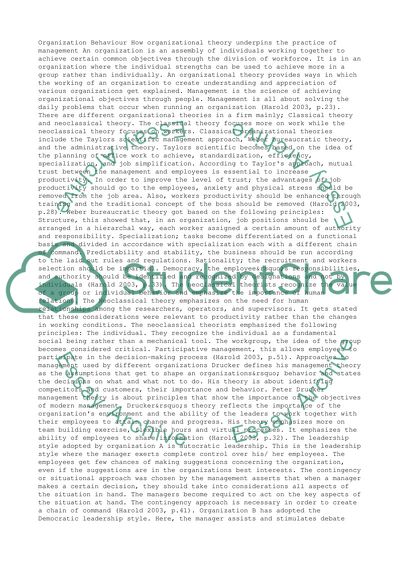Organizational Theory: The Practice of Management Assignment. Retrieved from https://studentshare.org/management/1451895-organisation-behaviour
Organizational Theory: The Practice of Management Assignment. https://studentshare.org/management/1451895-organisation-behaviour.


